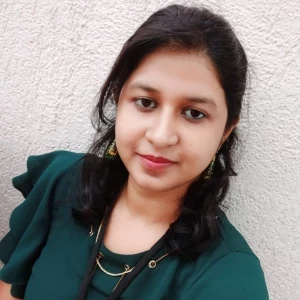Hey,
I’m trying to get a better understanding of the hierarchy at Goldman Sachs, specifically in the investment banking division. From what I know, the typical structure from bottom to top is:
- Analyst
- Associate
- Vice President (VP)
- Executive Director (ED) / Senior Vice President (SVP)
- Managing Director (MD)
Am I missing anything?
Also, I’ve seen titles like “Junior Associate” or “Senior Analyst” in some places—are these just variations of the standard roles, or do they actually mean something different within the hierarchy?
Would appreciate any insights!
Thanks!



